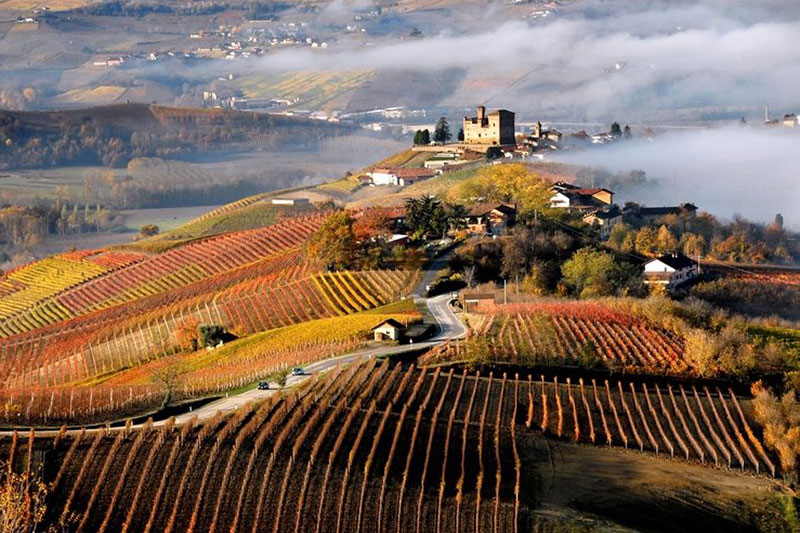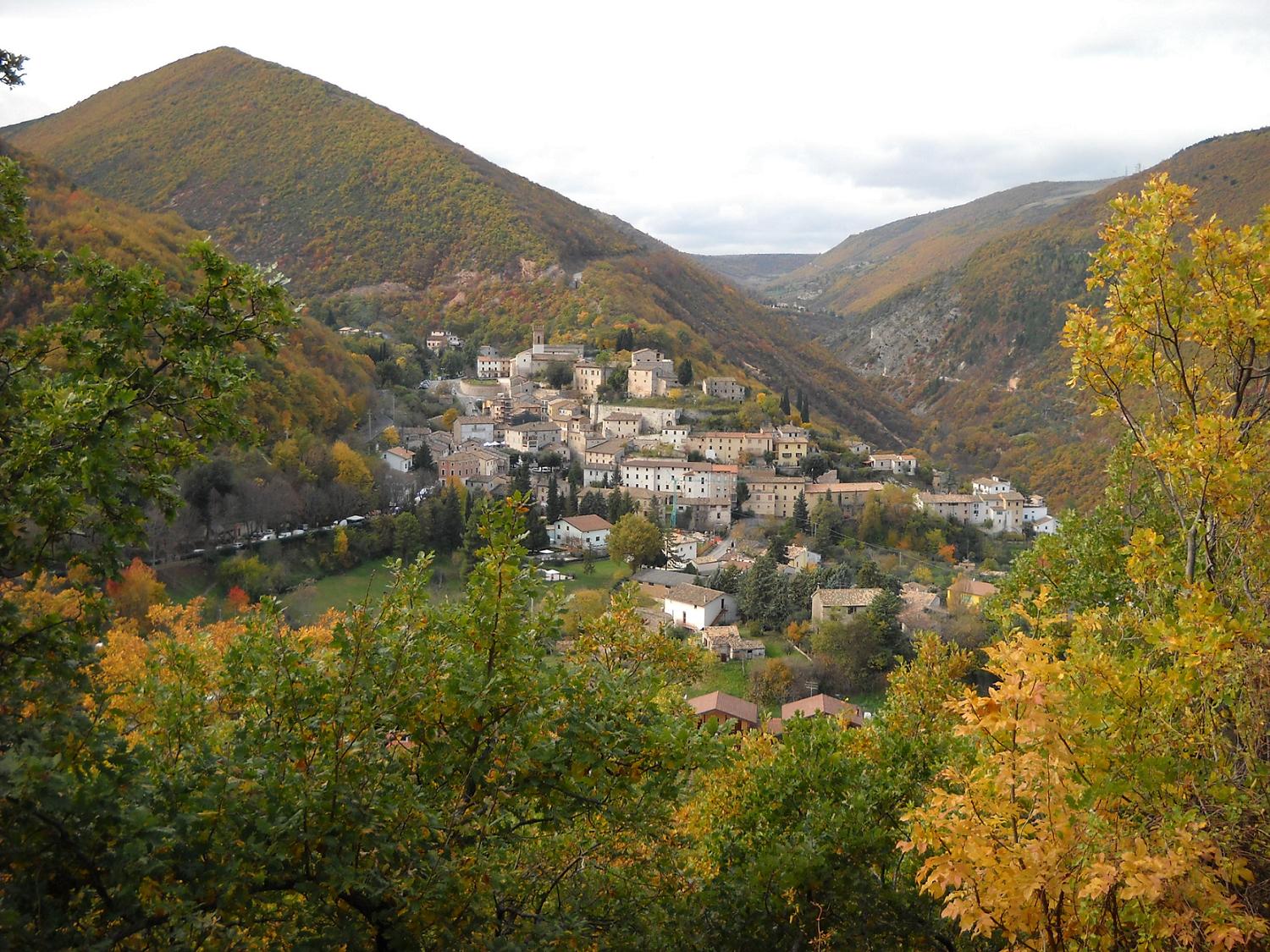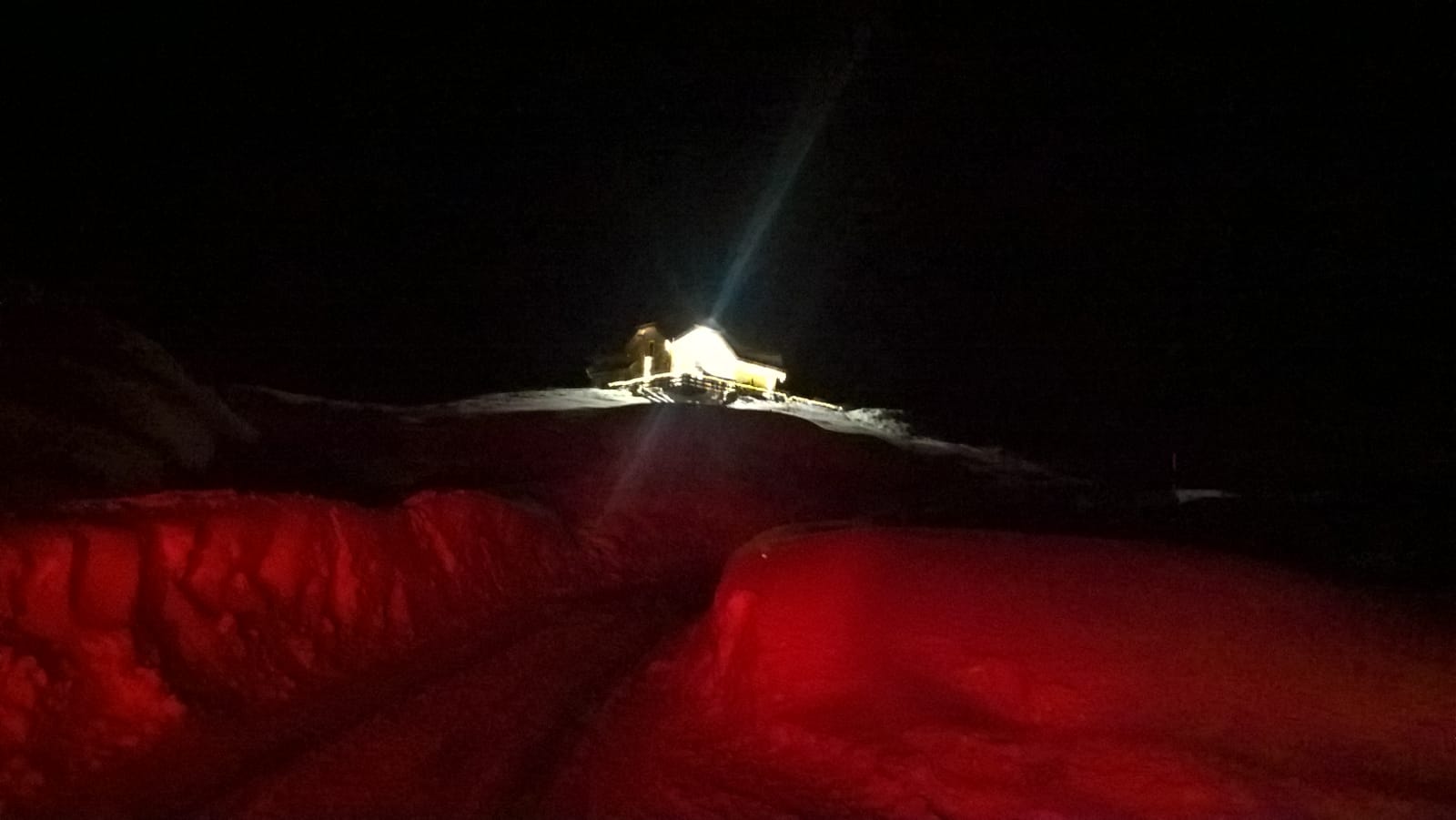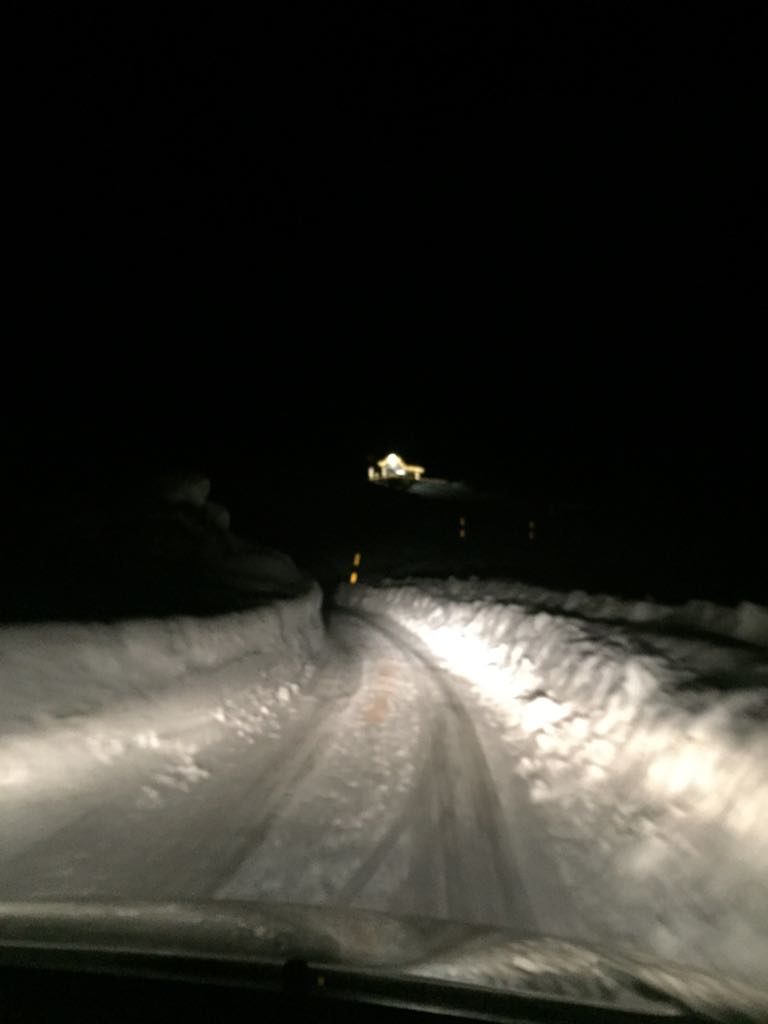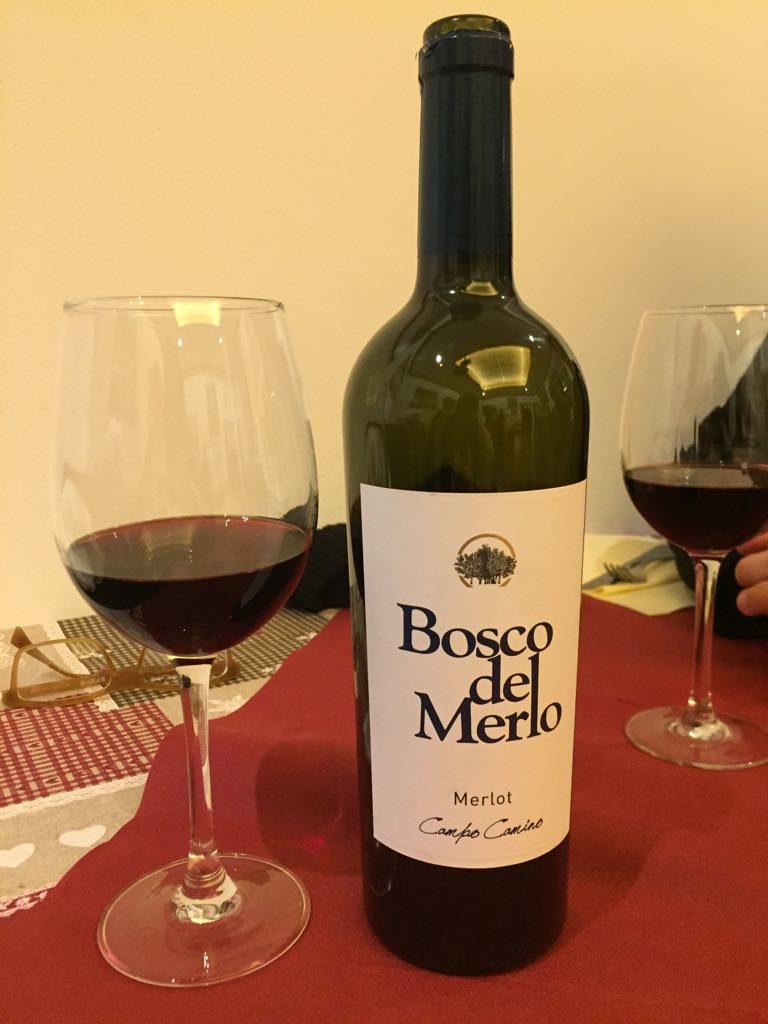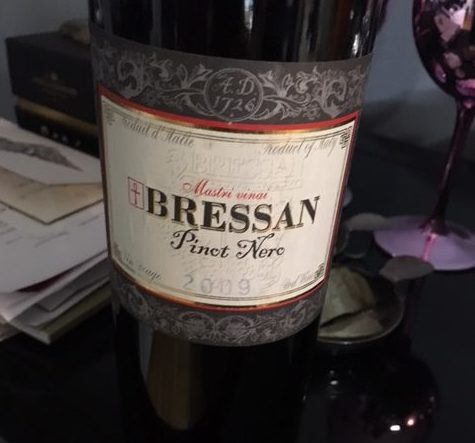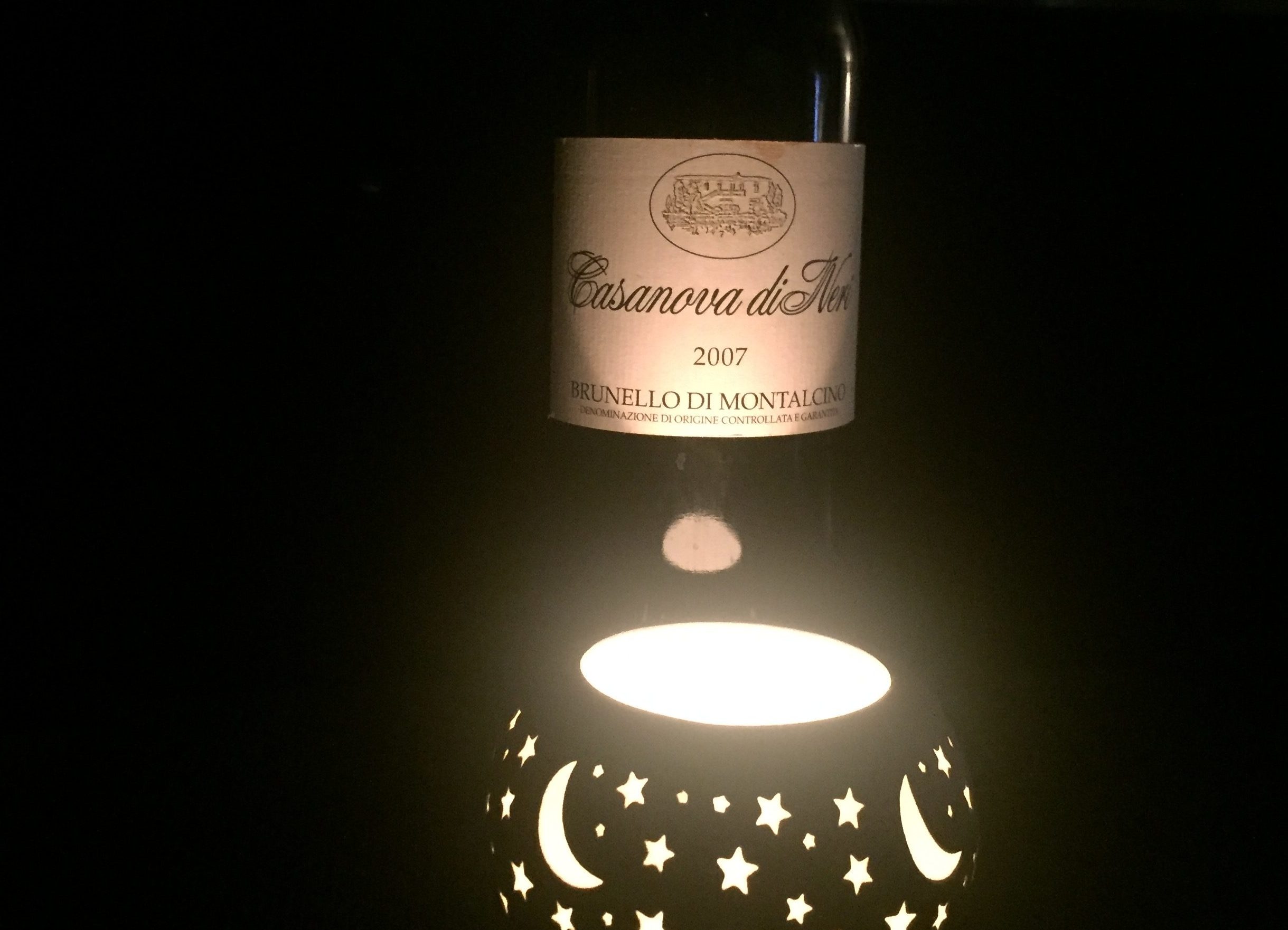ENGLISH VERSION AND PHOTOS BELOW!
Oggi parleremo di uno dei più importanti vini che rappresentano l’eccellenza della produzione vinicola italiana nel mondo: il Barolo e la zona delle Langhe/Roero in Piemonte.
Langhe e Roero possono offrirti le emozioni di un viaggio alla scoperta della cultura e tradizione del vino, poiché qui significa vita, passione e storia di un territorio che vede nell’eccellenza dei suoi vini lo scopo stesso della propria esistenza.
Un viaggio per scoprire la personalità del Barolo, del Barbaresco ma anche ad esempio della Barbera, con molte cantine che possono guidarti alla scoperta dei vari crus, venderti vini e darti preziosi consigli per il proseguimento del viaggio.
Trekking, piste ciclabili, sentieri per oltre 100 km nel cuore dei vitigni; un’iniziativa molto bella è quella di avere a disposizione un bus che collega i principali villaggi delle Langhe, così puoi visitarle in tutta comodità e risalire sul bus quando ti va poiché gira continuamente. Il costo è di soli 10 euro e se siete in 3 il prezzo di un biglietto è omaggio. Con questo tour si raggiungono le principali città delle Langhe fra le colline ed i vigneti dichiarati dall’Unesco patrimonio dell’Umanità.
Il bus parte da Alba, ma lo puoi prendere ad ogni fermata prevista acquistando il biglietto direttamente dall’autista. Il bus gira le domeniche ed i giorni di festa dal 22 aprile al 24 giugno e dal 2 settembre al 4 novembre e puoi salire e scendere tutte le volte che desideri.
È anche molto conveniente, in quanto non avrai problemi di trovare parcheggio e pagare la relativa sosta nei vari paesi che andrai a visitare. Per tutte le informazioni, anche perché l’operatività varia di anno in anno, consultate: www.buscompany.it/langhe-sighseeing-tour
Adesso parliamo del vino e delle differenze fra Barolo e Barbaresco, anche se nascono dal nebbiolo in purezza. Il Nebbiolo è un vino particolare ed estremamente connesso a questi territori in cui riesce ad esprimere al meglio tutte le sue potenzialità seppur in modi diversi a seconda delle aree, mentre da altre parti non dà grossi risultati (ad eccezione della Valtellina).
BAROLO
Zone di produzione: Barolo, Castiglione Falletto, Serralunga d’Alba, La Morra, Novello, Monforte d’Alba, Verduno, Grinzane Cavour, Diano d’Alba, Roddi e parte di Cherasco.Invecchiamento minimo da Disciplinare: 38 mesi dal 1° Novembre dell’anno della vendemmia, 18 dei quali in botte. Il termine “Riserva” può essere usato quando il vino ha subito un affinamento di 62 mesi, calcolati ancora dal 1° Novembre dell’anno della vendemmia. Il Barolo conta delle sottozone seguendo il concetto dei cru francesi ed il suo nome incute rispetto visto che è anche chiamato “il vino dei Re, il Re dei vini”. Si accompagna bene a carni rosse succose e con salse, Bagna Càôda, selvaggina, formaggi stagionati come il Castelmagno ed ovviamente il classico “Brasato al Barolo”.
BARBARESCO
Al palato è armonioso ed elegante, sentiamo ben presente la sensazione dei tannini tipica del nebbiolo, ma in forma più elegante e delicata. Il Barbaresco è definito come un vino più femminile per la sua finezza, che non significa che sia un vino leggero, ma solamente che gli aromi sono più eleganti ed i tannini meno impetuosi, ma rimane un vino ricco e strutturato.
Due modi di interpretare il vino:
Negli ultimi anni, stiamo assistendo ad uno scontro fra tradizionalisti ed innovatori. La tradizione vuole vini più corposi e tannici, che necessitano di un lungo invecchiamento in botti grandi per domare il loro carattere irruento. Gli innovatori invece prediligono l’utilizzo della barrique e vini più morbidi e più addomesticabili in tempi non così lunghi.
Una menzione speciale per un altro vino interessante: la Barbera. Un vino piacevole, fruttato e speziato con tannini presenti ma non aggressivi ed una buona acidità. Si esprime con sentori di piccoli frutti di bosco quando è giovane, aromi speziati e più complessi con l’affinamento. Un tempo era considerato solo come un vino da tutti i giorni, senza particolari pregi. Ora sta raggiungendo ottimi livelli grazie al lavoro di molti produttori che hanno puntato su questo vitigno. Si sposa molto bene con il vitello tonnato, affettati strutturati, “Tartare di fassona” e, quelli di maggiore affinamento, anche con selvaggina.
Insomma, un luogo da considerare per i tuoi prossimi viaggi, specialmente poco prima o durante la vendemmia grazie alle molte manifestazioni organizzate in questo periodo.
ENGLISH VERSION
Today we are talking about one of the most famous and important wines that represent the excellence of Italian viticulture: Barolo and the Langhe Roero.
Langhe and Roero can offer you a journey to discover the culture and tradition of wine, because here wine means life, passion and history of a territory which has wine-making excellence as a main goal.
Discover the personality of Barbera and the magnificence of Barolo and Barbaresco.
Many wineries can guide you to discover the various crus, sell wines and give you precious advises to help you in this journey.
You will discover ancient villages with their majestic castles watch over the vineyards of this gentle hills.
Trekking, cycling trips, hiking for more than 100 km. through the vineyards.
A very interesting thing: there is a bus called “Langhe and Roero bus tour” with round-trip rides that connects the main villages of the Langhe, so you can visit them independently, admire the views during the journey and get off at any stop and then hope on again anywhere and continue the trip.
The cost is 10 euros daily and if you buy 3 tickets you pay only for 2.
With this tour you can reach the main towns of the Langhe among the hills and vineyards declared Unesco world Heritage site.
The bus leaves from Alba, but you can take the bus at any stop. The ticket can be purchased directly on the bus. The bus runs on Sundays and public holidays from 22 April till 24 June and from 02 September till 04 November.You can get on and off as many you want at any stop.
It is also very convenient because you do not have problems finding parking in these small villages. visit buscompany.it
LET’S TALK ABOUT WINE and the difference between Barolo and Barbaresco.
Same Grape Nebbiolo 100%
Nebbiolo is a particular vine and extremely linked to this land and also because of this out of Piedmont and Lombardy did not give great results.
Nebbiolo has endless expressions according to the village of origin, a grape that combines with the characteristics of the soil.
BAROLO
Production zones: Barolo, Castiglione Falletto, Serralunga d’Alba, La Morra, Novello, Monforte d’Alba, Verduno, Grinzane Cavour, Diano d’Alba, Roddi and part of Cherasco.
Minimum legal ageing: 38 months from the 1st of November of the year of the harvest, 18 of which in woody barrels.
The term “Riserva” can be used when the wine has been cellared for 62 months, calculate once again from the 1st of November of the year of the harvest.
This zone has Crus (little part of a vineyard, the best of a vineyard) just like in France.
Barolo, already the name inspires respect. It is called the wine of kings, the king of wines.
It matches with red meat with sauces, Bagna Càôda, game, aged cheeses like Castelmagno and the classic “Brasato al Barolo”(braised meat with Barolo)
BARBARESCO
Production zones: Barbaresco, Neive, Treiso and some vineyards in Alba.
Minimum legal ageing: 26months from the 1st of November of the year of the harvest.
The term “Riserva” can be used when the wine has been cellared for 50 months
It matches with long cooking red meat, aged cheeses and truffle.
SO WHAT ARE THE DIFFERENCE BETWEEN BAROLO AND BARBARESCO, SAME GRAPE, SAME TERRITORY?
Despite the common matrix, sons of the same grape, they express marked differences in structure and colour.
The first difference is the minimum ageing.
BAROLO: austere wine, strawberries, red cherries, white pepper, tobacco, leather. It is defined as a male wine due to its robust structure and the power of rough and decisive tannins. Rough tannins that become softer ageing.
BARBARESCO: on the palate is harmonious and elegant. Also here we feel the rough sensation of the tannin typical of Nebbiolo, but more elegant and delicate.
Barbaresco is defined as a feminine wine for its elegance and finesse, which does not mean that it is a light wine, but only that the aromas are more elegant and the tannin is less impetuous.But it still rich and structured.
Two styles of winemaking this wines:
TRADITION, with more FULL-BODIED and tannic wine to be aged for a long time in large barrels, allowing the slow passage of time to sharpen all its characteristics.
INNOVATION: small barrels for a softer and gentler wine ready in shorter times.
A special mention to another interesting wine: BARBERA, a pleasant, fruity and spicy wine with firm but not aggressive tannins and a good acidity.
Typical fruity scents of small red and black fruit when young. Spicy and more complex with aging.
It was once considered a popular simply wine, without too many claims. Now it is reaching high levels.
It matches with typical “Vitello Tonnato”, cold cuts like salami and if more full-body with truffle, game and “Tartare di Fassona”.
A Place to be considered for your next trips expecially just before and during the harvest due to a lot of wine festivals.

